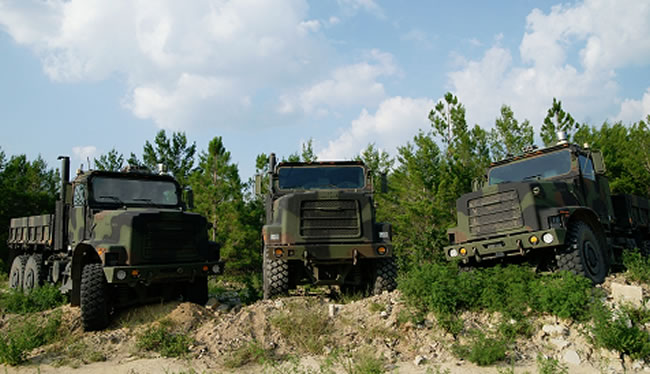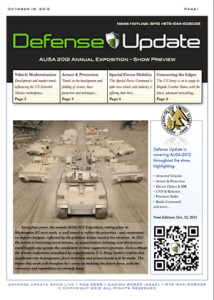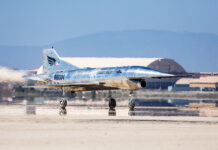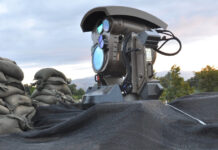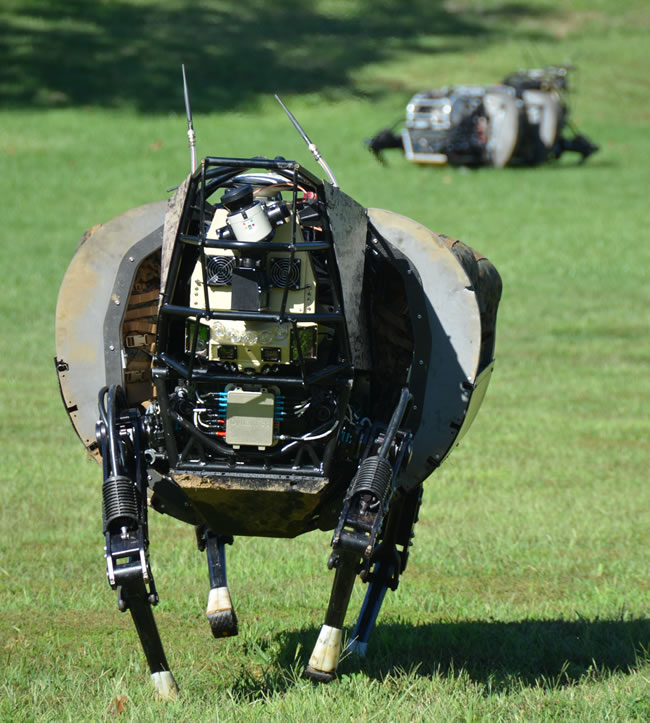

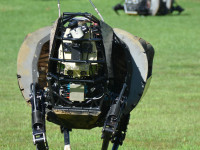
Sustaining combat operations in high intensity ‘linear’ warfare has always represented a huge challenge to military planners, pushing supplies to forward supply bases and forward units by sea, air and land. Engaged in asymmetric warfare, without a clear ‘forward line of troops’, where every truck, supply base or civilian tanker supplying water to a FOB becomes a target for an RPG or IED, today’s military is focused primarily on protecting its supply lines over hundreds of miles. Reducing the vulnerability of those elements and the ’logistical footprint’ supporting the combat units in those areas, without eroding overall security or mission objectives.
Reducing the logistical footprint could be achieved by optimizing energy consumption, by exploiting renewable energy, generating the water and electrical power necessary for local consumption, rather than pushing it forward from logistical centers. Minimizing cooling and heating requirement by using efficient isolation materials can also reduce fuels consumption (with the added benefit of saving in energy costs). It also means standardizing fuels and electrical power sources (batteries), thus minimizing supply bottlenecks and optimizing logistical reserves maintained at the different levels.

Improving the survivability of convoys is another aspect dealt with by the military. First, minimizing the need for ground transportation means less trucks will be exposed to ambushes and IEDs. The marine Corps is already implementing aerial resupply by unmanned helicopters, while the Air force employs precision aerial delivery using guided parachutes, to deliver supplies reliably and precisely to forward bases, with minimal risk of losing cargo or exposing troops on the ground to enemy fire. Yet, for the bulk of the heavy loads, truck convoys are necessary. Logistics trucks are utilizing protected cabins, offering relatively good protection for the crew, but the goal is to reduce the number of drivers, by using semi-autonomous driving systems, enabling fewer ‘drivers’ to control many more robotic trucks. The Army has tested such a concept before and the Marine Corps Warfigting Lab (MCWL) is currently conducting such test to evaluate the operational effectiveness of this concept.
Other robotic vehicles are employed to support small unit dismounted operations. Often referred to as a ‘mule’, these support vehicles are much more than weight carriers, supporting the unit with power generation capability to recharge batteries, a platform for casualty evacuation or even remotely operated lookout, carrying mast mounted sensors or counter-IED systems such as a flail or explosive line charge. Some of these robots, like the STSS and Probot are almost ready for fielding today, while others – like DARPA’s ‘Big Dog’ Legged Squad Support System (LS3) are still in early experimentation.
The following topics are covered in our preview:
- Vehicle Modernization Programs
- Armor and Protection
- Special Forces Mobility
- Precision Fires
- Better Force Protection
- Connecting to the Edge
- Supporting the warfighter
These articles will be opened for all readers on Defense-Update on Sunday (21/10) and are currently available in the downloadable PDF format.
This issue is offered to Defense-Update readers as a complimentary preview issue. Forthcoming reports from the exhibition will be available nightly from Defense Update in web & PDF format, providing excerpts for all readers and full features for our paid subscribers.
You are invited to Subscribe Here!
